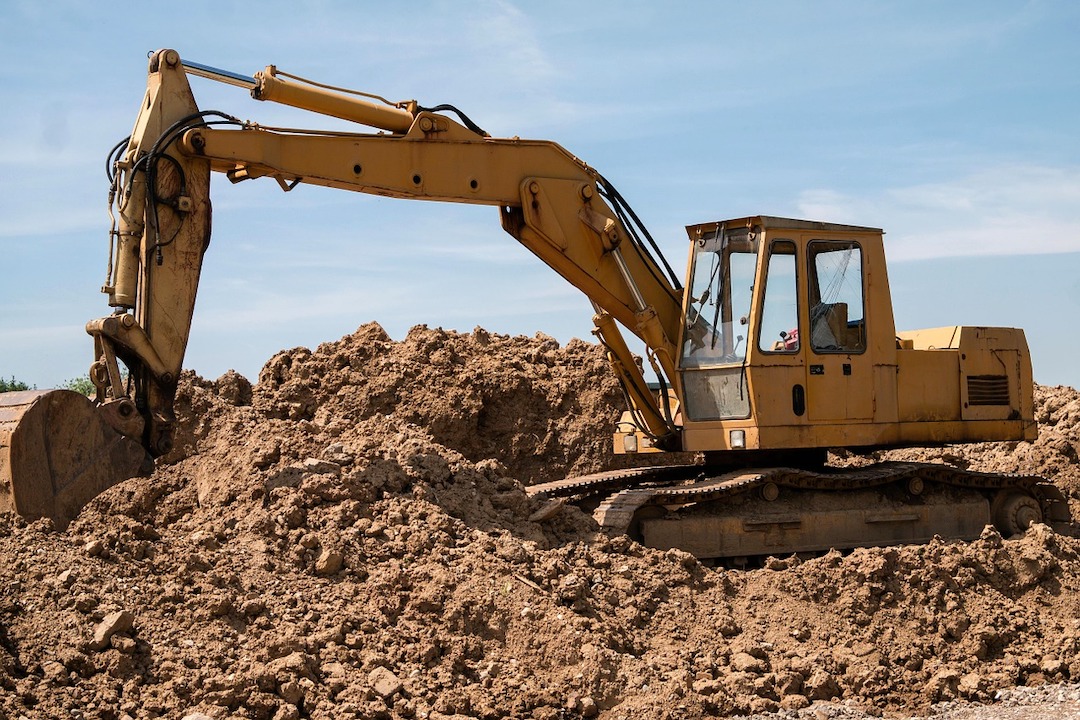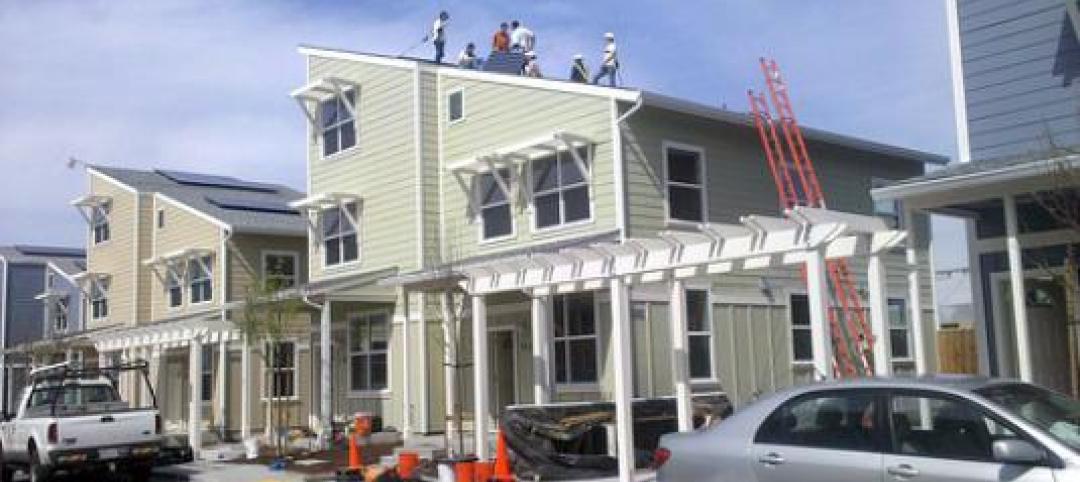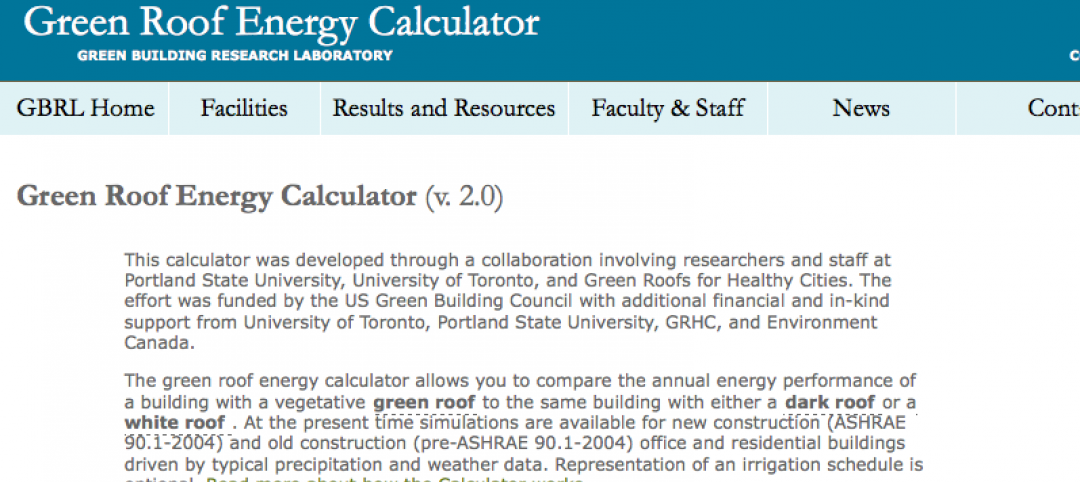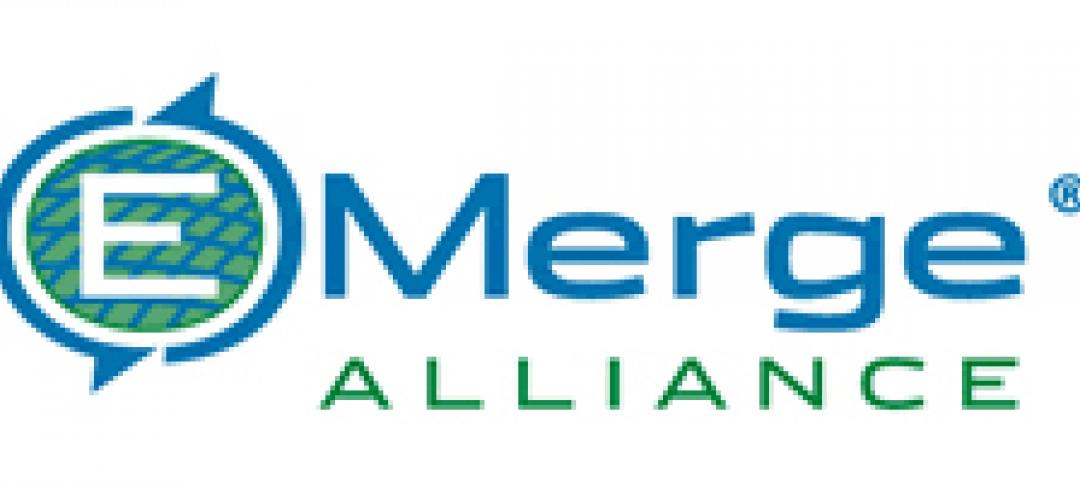The nation’s 811 utility location system is significantly flawed, according to a new survey of construction firms that perform underground excavation work.
The survey report, released by the Associated General Contractors of America, found that more than half of the responding firms reported damages and near misses because lines were unmarked or marked incorrectly. “Most contractors say that calling 811 often leads to inaccurate line marking and that utility firms are often very slow in coming out to locate and mark their underground lines,” according to an AGC news release.
Seventy-eight percent of firms who found weaknesses said the biggest problem is the lack of accurate utility locating by utility owners and operators. And 56% of firms with concerns about the 811 system said slow utility owner and operator response times are a significant weakness.
Many firms reported being unfairly blamed for damages even after contacting 811. The survey found that nearly two-thirds of contractors received a claim from a utility owner and operator for damage to a line the construction firm was not responsible for damaging.
“We need to fix the 811 system to make sure utility firms are doing their part to accurately mark their lines,” said Stephen E. Sandherr, AGC CEO. “Too few utility firms are being held accountable for doing their part when it comes to helping contractors avoid hitting underground lines.”
Related Stories
| Oct 11, 2012
Bill promotes investment in commercial, multifamily retrofits
The Commercial Building Modernization Act recently introduced in the Senate would extend and streamline a current tax deduction to encourage commercial and multifamily residential building owners to perform comprehensive energy-efficient retrofits.
| Oct 11, 2012
Morristown, N.Y., settles code violation dispute with Amish
The town of Morristown, N.Y., has dropped charges of building code violations against local Amish communities to settle a First Amendment complaint.
| Oct 11, 2012
Mesquite, Nev., rebels against state-mandated energy code
The city council of Mesquite, Nev., voted against adopting a new energy efficiency code adopted by the state.
| Oct 11, 2012
Bloomingdale, N.J., restricts ground solar and wind energy installations
The borough of Bloomingdale, N.J., recently adopted regulations for solar-energy and wind energy systems.
| Oct 3, 2012
Bill introduced to extend home energy efficiency tax credit
A bill to extend the expired residential energy efficiency tax credit for installing qualified furnaces, boilers, central air conditioners, and heat pumps was recently filed in the U.S. House of Representatives.
| Oct 3, 2012
OSHA publishes more detailed information on variances
The Occupational Safety and Health Administration (OSHA) enhanced its variances Web page to improve public understanding of the variance approval process and increase access to the agency's decisions regarding variance requests.
| Oct 3, 2012
Online program computes energy savings from green roofs; compares savings with other options
A free online tool can calculate the amount of energy savings from installation of a green roof. Portland State University‘s (PSU’s) online Green Roof Energy Calculator can be used for new or old structures.
| Oct 3, 2012
SERF, CSE launch a new accreditation for evaluation of building sustainability
The Society of Environmentally Responsible Facilities (SERF), a Chicago-based environmental building certification organization, and the Centre for Sustainability and Excellence (CSE) launched a new accreditation program that certifies professionals to evaluate buildings’ sustainable systems and practices according to SERF’s certification criteria.
| Oct 3, 2012
New version of Occupied Space Standard for DC microgrids in buildings released
The EMerge Alliance, an association leading the adoption of safe direct-current (DC) power distribution standards for commercial buildings, has updated the EMerge Alliance Occupied Space standard.
| Sep 26, 2012
Automatic budget cuts in January would slash federal agencies' construction budgets
Sequestration, or the implementation of automatic budget cuts as of January 2013, would slash government agencies' already reduced construction budgets further, and require agencies to shelve some repair and maintenance projects.















